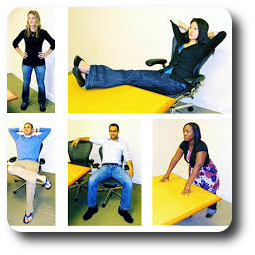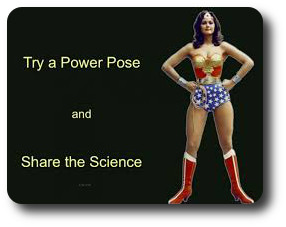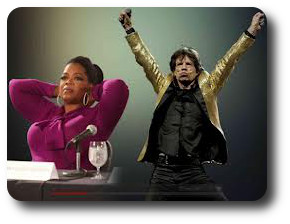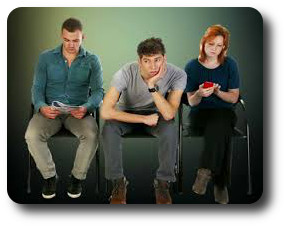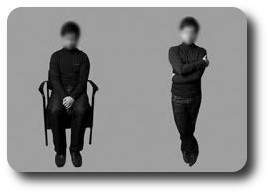Chemicals of Feeling.
We feel emotions e.g happy, fear, sad, power, confidence, in accordance with the hormones and neurotransmitters that our brain produces and that then trigger cascading chemical reactions in our cells.
- Serotonin is a neurotransmitter and endorphins are hormones that work with the endocrine system. Both of them affect our moods. They are often called the ‘happy chemicals’. Endorphins also block pain perception.
- Sex hormones (testosterone, estrogen, progesterone) affect our sense of power or powerlessness, bonding and closeness.
- Stress hormones such as cortisol and norepinephrine are released by the body in situations that are interpreted as being potentially dangerous.
And so on.
What most medications (anti depressants & anti anxieties) do is affect the levels of certain hormones in our body and therefore influence how we feel.
The hormones of power:
Two of the hormones involved in the feeling of ‘power’ and ‘resourcefulness’ are testosterone and cortisol. When we feel capable, powerful and resourceful testosterone is high and cortisol is low.
So is there a way to naturally induce the production of these hormones and therefore solicit the feelings of power and capability?
The answer is YES!
Adopting certain body postures result in the brain producing corresponding hormones. There are what’s known as ‘power poses’ that if you hold the pose for as little as 2 min’s can result in you beginning to feel powerful. It’s a useful technique to use whenever you are going into a situation (e.g interview, before giving a speech, meeting the bank manager etc) that requires you to be comfortable in your own skin and perform powerfully.
This technique is made even more productive when it’s accompanied by powerful thoughts and images.
The clip below describes the practice in more detail.
